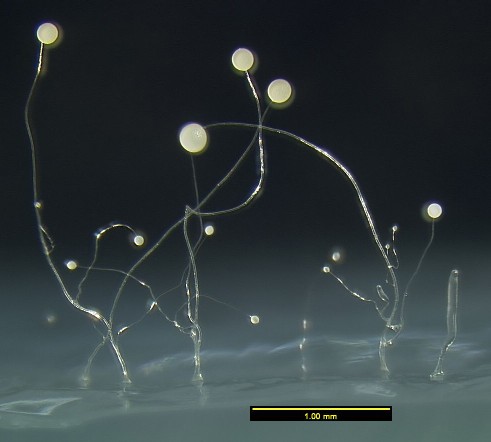
Scientists unearth family tree of ancient life forms
How to find your ancestral roots and create a family tree has been the subject of many television programmes and newspaper articles in the past number of weeks.

A researcher at Dundee has been looking at a family tree of a different kind and has plotted for the first time one of the oldest groups of multicellular organisms - the social amoebas.
The research by Professor Pauline Schaap in the College of Life Sciences and evolutionary biologist Professor Sandie Baldauf at the University of York could provide important clues to the evolution of life on earth.
Professor Schaap and her colleagues have published the first molecular 'dictionary' of the 100 or so known species of social amoeba, turning the page to a new era in evolutionary biology.
The newly written family tree was published recently in the prestigious international journal Science and involved collaboration between the Dundee and York teams with field biologists in Germany, the US and Japan.
Social amoebas are a group of organisms that can live both as single cells and as multicellular organisms. They are close relatives of the early animals and understanding how they work and evolve is extremely important for understanding how animals evolved.
Using the family tree, the researchers can now reconstruct how the environmental sensing mechanisms of single-celled organisms evolved into mechanisms for cell to cell communication that made the evolution of multicellular organisms possible.

Previously there was almost no molecular data for social amoebas - known as Dictyostelia - which are now known to be a group of organisms with a huge genetic diversity, greater than that of fungi and similar to that of all animals.
And, they offer an excellent experimental system for studying aspects of evolution and communication that are not easy to study in more complex multi-cellular organisms.
"This provides a starting point which will allow us to examine what happens at the molecular level as a species evolves to multicellularity," Professor Schaap said.
"It provides us with a powerful tool for identifying the core ancestral processes that regulate the most basic aspects of development and will enable us to reconstruct the very beginning of life as we know it, when single-cells began to communicate and build multi-cellular organisms."
Professor Baldauf said, "If we want to look at the fundamentals of life, we have to look at single cell organisms. We have investigated the evolution of plants and animals for a very long time but our whole eco-system depends on single cell organisms."
Professor Schaap and her team are now working to establish how the regulation and function of genes with important roles in development was altered and elaborated during the course of evolution to generate novel cell-types and features.
The research was funded by the Biotechnology and Biological Sciences Research Council CODE initiative and took four years to complete.
IMAGE CREDIT: Courtesy of Fred Spiegel, University of Arkansas
Next Page
Return to December 2006 Contact

